Myanmar
Myanmar, formerly known as Burma, is a gem in Southeast Asia’s crown. Recent political opening has paved the way for increased tourism, and we were lucky to visit before too much has changed. In a country where cell-phone usage was rare as of two years ago, it’s still a very authentic Asian experience, and a place where locals enjoy interacting with visitors: we are as much a novelty to them as they are to us.
Our travels with our local partner Destination Asia, included Yangon, Myanmar’s largest city, Mandalay, its second largest and a monastic center, Bagan, home to more than 9000 Buddhist temples, and Inle Lake, one of the more unique ecosystems we’ve ever encountered.
Flying on Emirates via Dubai, we arrived in Yangon (formerly Rangoon) full of anticipation. Bustling, home to 5 million residents, this is a city on the move. Looking at the skyline, new high rises are evident, so now its colonial buildings are interspersed with some modernity. It’s a key Buddhist pilgrimage destination as thousands make their way daily to the Shwedagon Pagoda complex, a truly impressive sight, as much for its bejeweled pagodas as for the devotion shown by the faithful. Fun fact: No one here has any idea what “Crab Rangoon” is; clearly it’s a western invention!
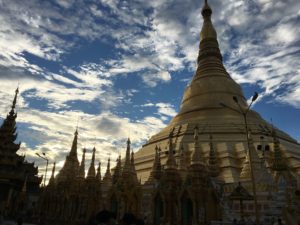
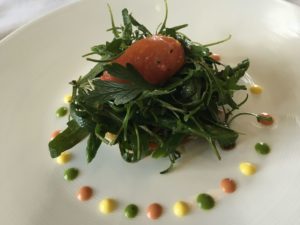

When staying in Yangon, our recommendation would either be the Belmond Governors’ Residence, or the newly rehabbed Strand Hotel.
On to Mandalay, a short flight from Yangon. Mandalay is where many people will start a river cruise on the Irawaddy, an immense waterway which is integral to Burmese life. There are many beautiful vessels plying the river, including Belmond, and The Strand Crusies among others. We stayed on land, which allowed us a good look at local life, including a really cool visit to a convent, where we had a chance to interact with the nuns, becoming friends by the end of our visit. Who would have thought? We wound down our 2-night visit here with a gorgeous sunset cruise sampling local food as the fisherman came in for the day. Bustling as it is itself, Mandalay has a really chilled out vibe.

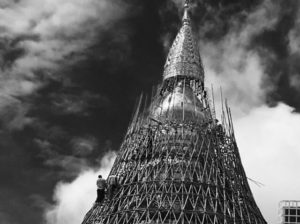
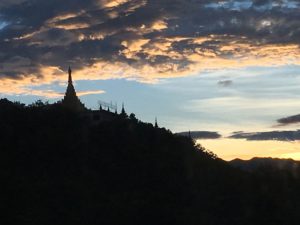
Many people have heard of Bagan, one of the world’s best-known destinations for hot air ballooning. Floating above 9000 temples in the morning mist is an absolute must-do. Alas, we were here just prior to balloon season (October-March), but were taken just the same by the thousands of temples we could see across the horizon. UNESCO got this place right. Stunning! We finished here with a visit and dinner on small riverboat available for private hire. What a perfect way to explore the country – in style, just you and your family and friends.

Our final and favorite stop of the trip was Inle Lake. Why were we so enchanted? It is literally the Venice of Asia, with life lived on and around the water. Floating gardens were everywhere – never have we seen such extensive hydroponic farming; this is literally the breadbasket of Myamar. Boats filled with tomatoes and other vegetables passed en route to market. Individual fishermen plied the water, casting nets for lakefish, while rowing the boat precariously with one leg. Towns around the lake are built on stilts and long boats zip through their many waterways. Traditional crafts such as silk-weaving are practiced, and you’ll find many ornately dressed people, sporting the local style of their village or tribe. Food is fresh here (less stir-fried than other parts of Myanmar) and we ate like kings, including a wonderful lunch on two small private boats in the middle so the lake – one boat was the “dining room,” the other the “kitchen”. Our servers paddled between the two in a canoe.
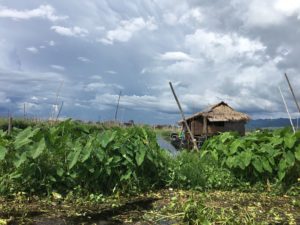
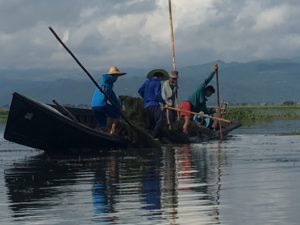

We could have done with more time – we were not able to reach the southern beaches nor the untouched northern outposts where we would have loved the trekking. It just means a return visit is in order – the sooner the better, as this country is changing fast.
Smart traveler
Avoid these 6 MISTAKES
if you don’t want to end up with
a MEDIOCRE VACATION

